-
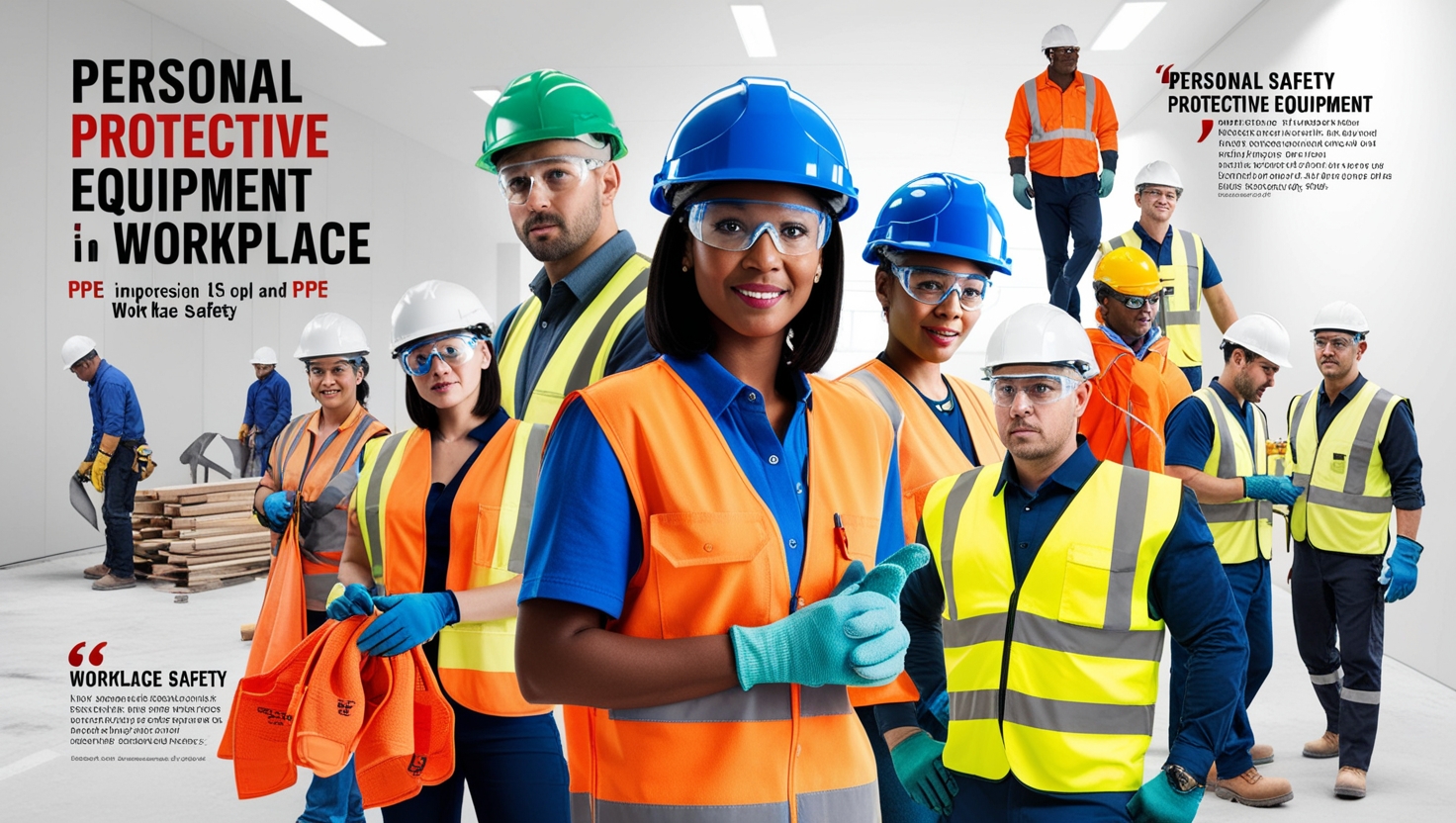
The Crucial Role of Personal Protective Equipment (PPE) in the Workplace
Imagine stepping onto a bustling construction site without a hard hat or entering a hospital room with a contagious patient without gloves or a mask. It sounds risky, right? That’s because it is. Personal Protective Equipment (PPE) serves as the frontline defense against workplace hazards, ensuring that employees can perform their duties safely. In this … Read more
Learn More -
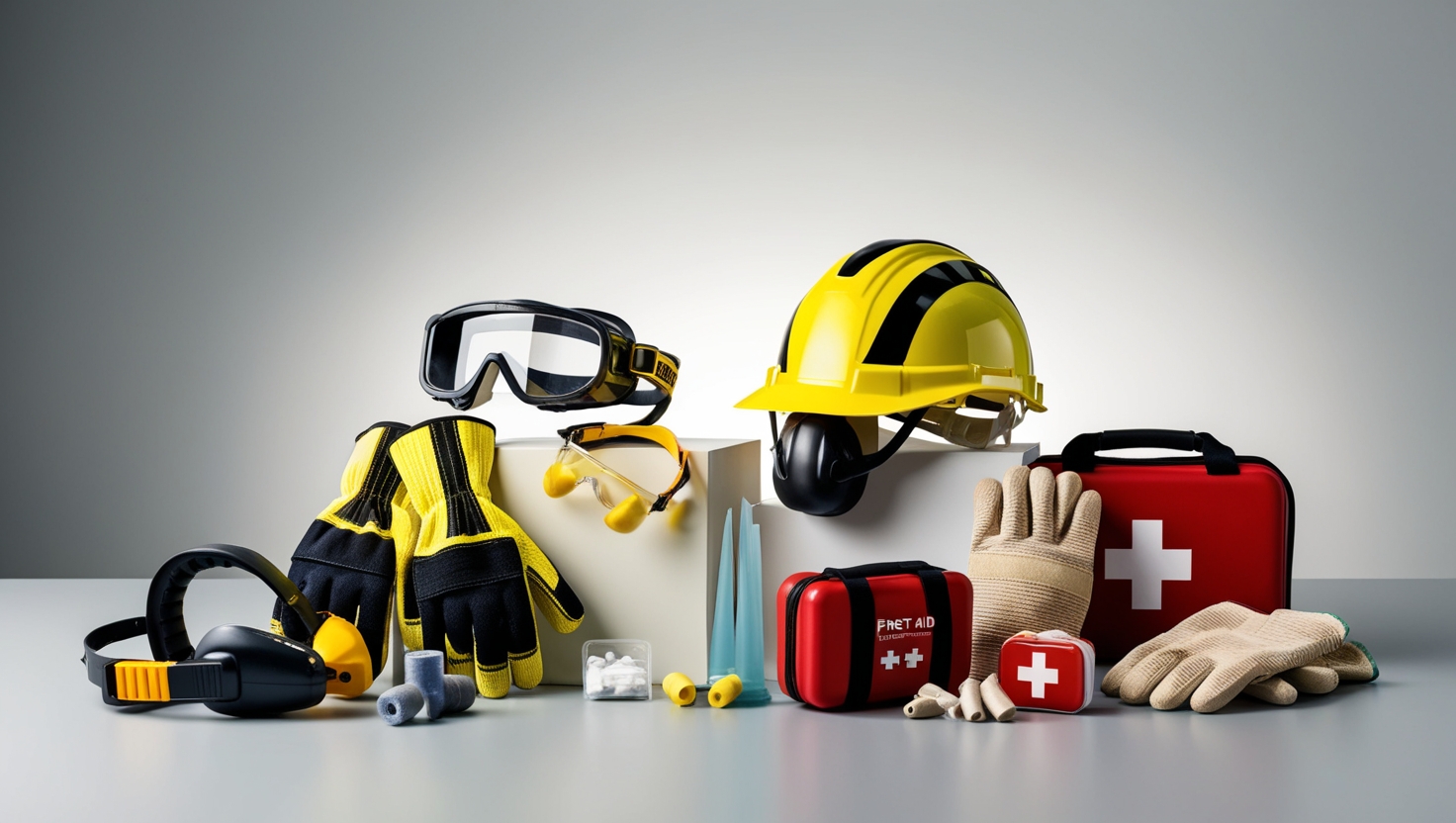
Electrical Safety Personal Protective Equipment (PPE): A Complete Guide
Working with electricity is dangerous. A single mistake can lead to serious injuries, fires, or even fatalities. Electrical hazards are a major concern in industries like construction, manufacturing, power plants, and utility work. One of the most effective ways to reduce risk is by using the right Personal Protective Equipment (PPE). Electrical PPE isn’t just … Read more
Learn More -

Correct Order for Removing Personal Protective Equipment (PPE)
Removing Personal Protective Equipment (PPE) correctly is essential to prevent contamination and exposure to hazardous substances. Many workplace injuries and infections occur due to improper PPE removal, leading to direct contact with contaminants. This guide outlines the step-by-step process of removing PPE safely, ensuring that individuals remain protected throughout the process. Step 1: Remove Gloves … Read more
Learn More -

Different Types of Personal Protective Equipment (PPE)
Personal Protective Equipment (PPE) is essential for safeguarding individuals from various workplace hazards, including physical, chemical, biological, and environmental threats. Selecting the appropriate PPE is crucial to ensure effective protection tailored to specific risks. This comprehensive guide explores the various types of PPE, their specific applications, and considerations for proper use. Head Protection Head protection … Read more
Learn More -
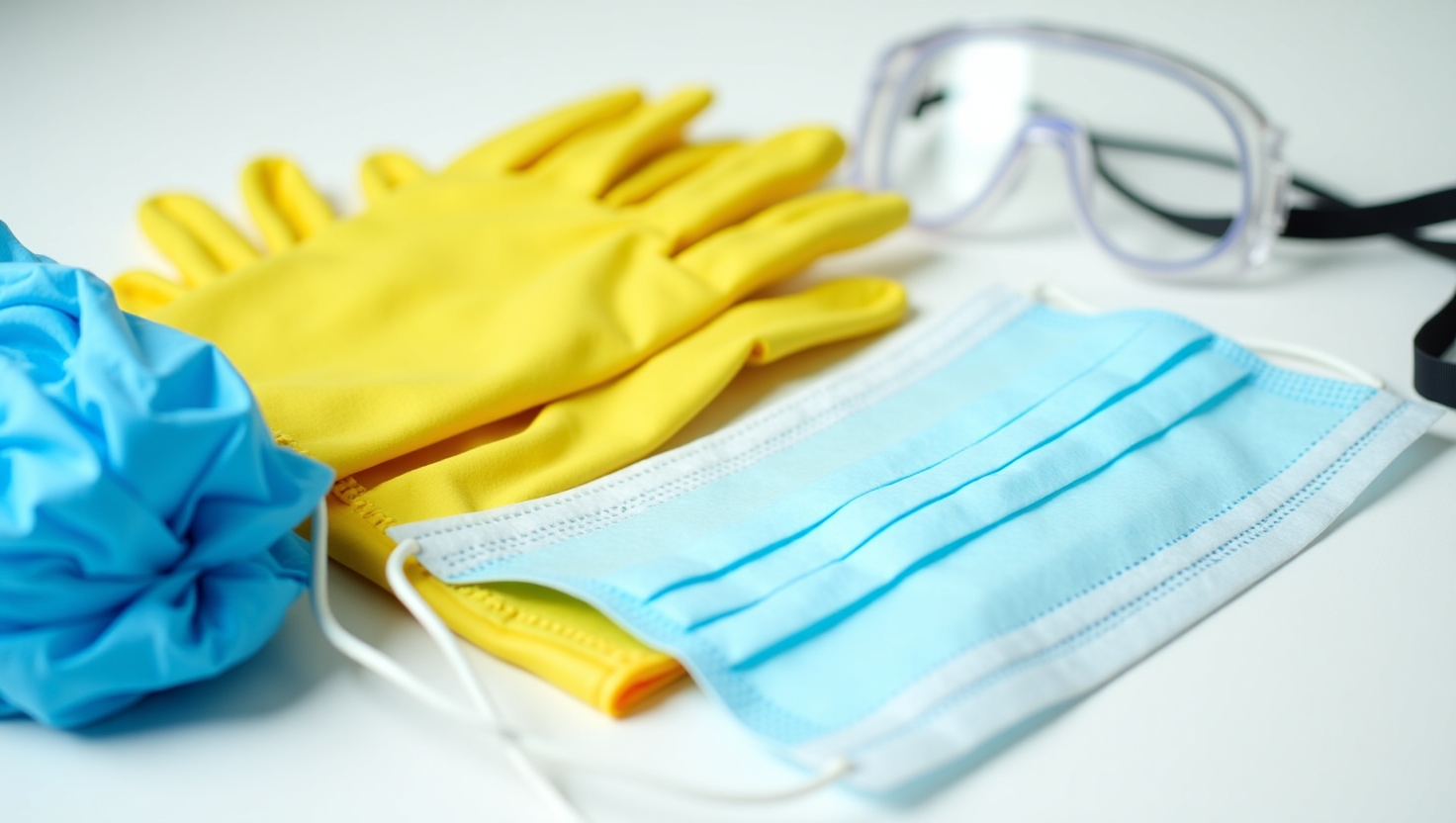
Disposable Personal Protective Equipment (PPE): Types, Uses, and Best Practices
In today’s rapidly evolving health and safety landscape, Disposable Personal Protective Equipment (PPE) has become indispensable across various industries. From healthcare settings to construction sites, disposable PPE plays a crucial role in safeguarding individuals from potential hazards. This comprehensive guide delves into the different types of disposable PPE, their specific applications, benefits, limitations, and best … Read more
Learn More -
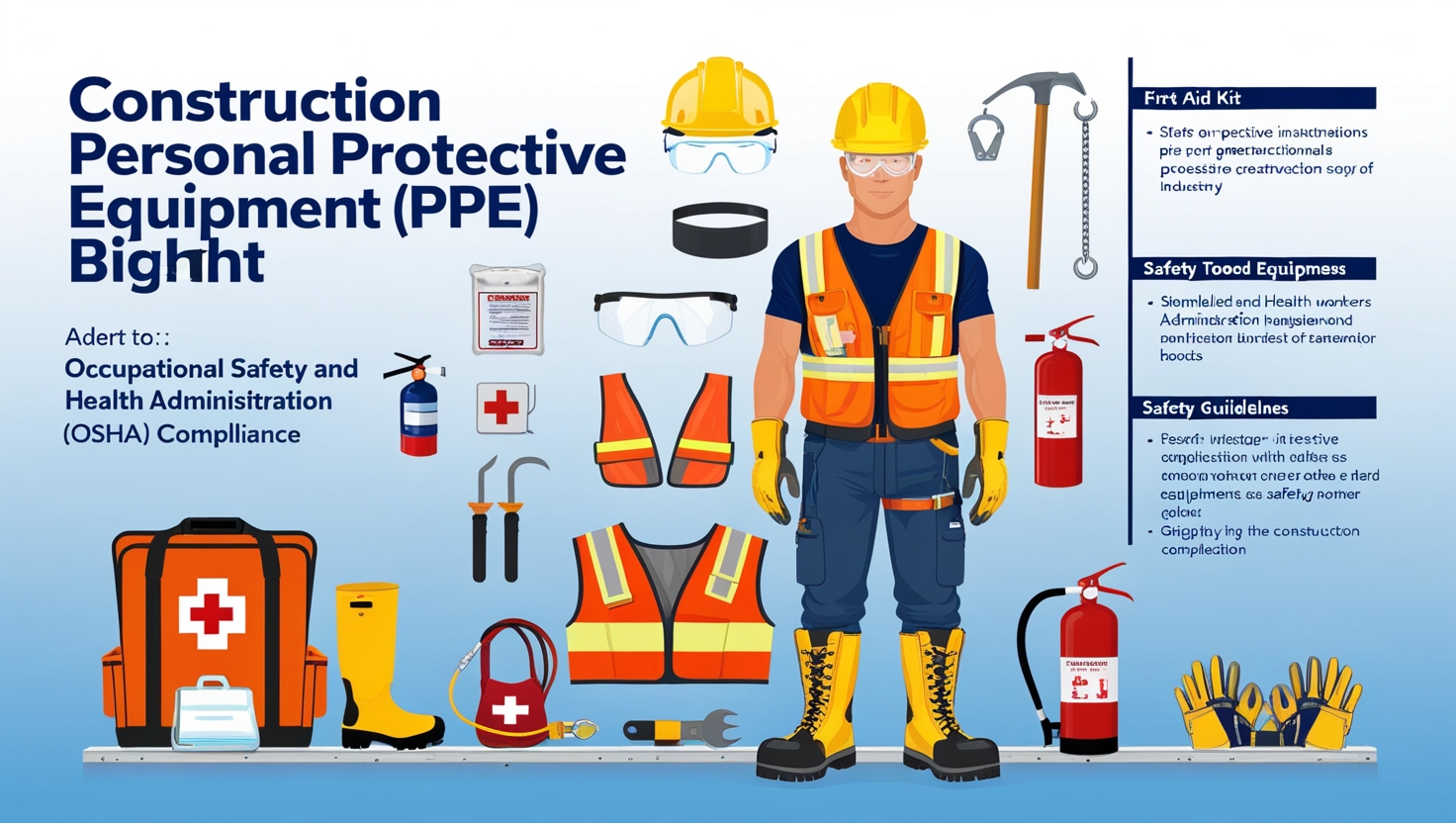
Comprehensive Guide to Construction Personal Protective Equipment (PPE)
Construction sites are among the most hazardous workplaces, requiring strict safety measures to protect workers from injuries and fatalities. Personal Protective Equipment (PPE) is the first line of defense against falling objects, sharp tools, heavy machinery, electrical hazards, and exposure to hazardous materials. Proper PPE use ensures compliance with Occupational Safety and Health Administration (OSHA) … Read more
Learn More -

The Complete Guide to Nurses’ Personal Protective Equipment (PPE) in Healthcare
Healthcare workers, particularly nurses, are on the front lines of patient care. They are exposed to infectious diseases, hazardous materials, and bodily fluids daily. Personal Protective Equipment (PPE) is their first line of defense, helping to reduce exposure risks and ensure both their safety and the safety of patients. This guide covers everything about nurses’ … Read more
Learn More -
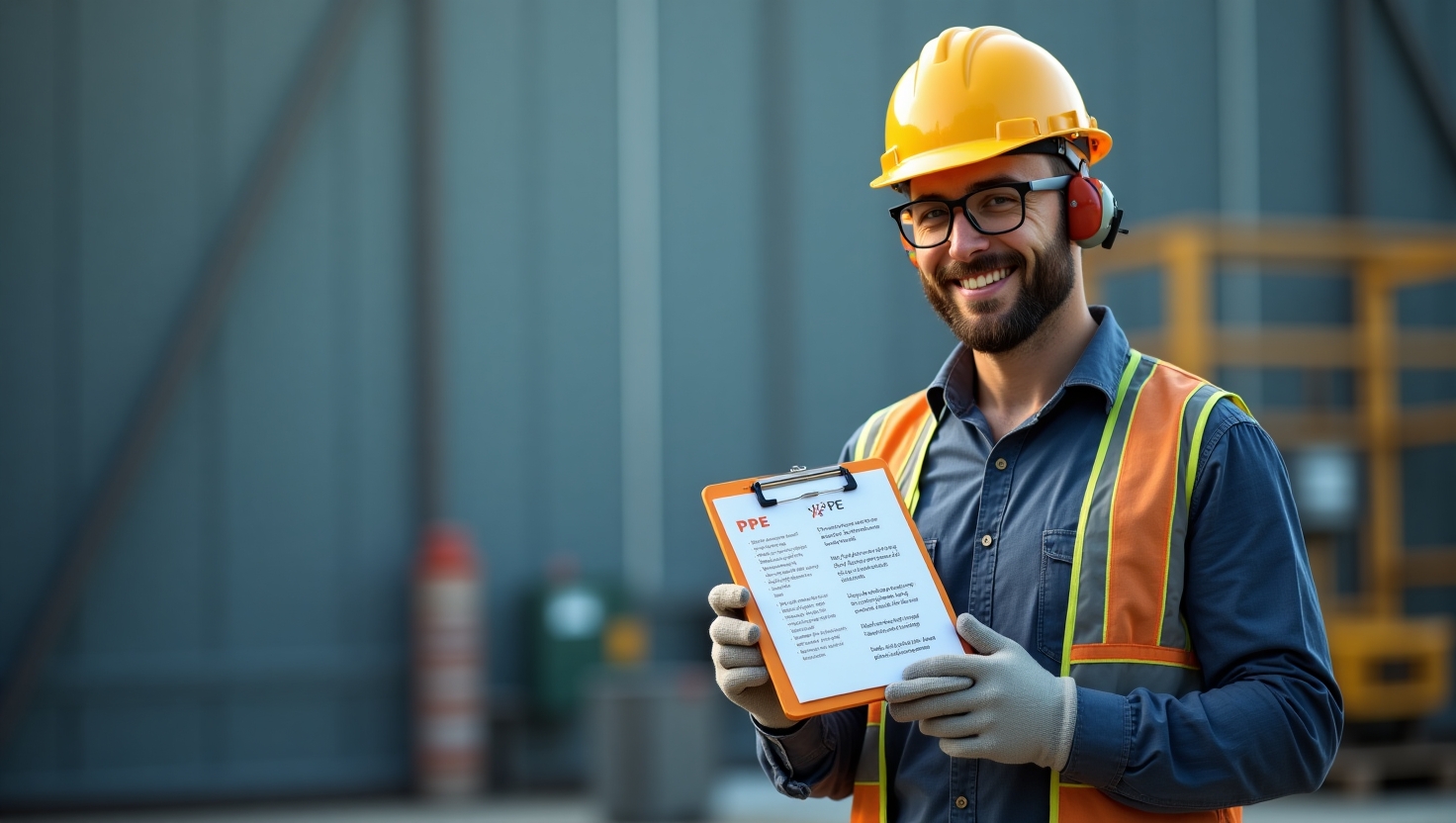
Requirements for Personal Protective Equipment (PPE)
Personal Protective Equipment (PPE) is essential for protecting workers from workplace hazards that could cause injury, illness, or exposure to dangerous materials. Proper PPE selection, usage, and maintenance ensure that workers remain safe and compliant with occupational safety regulations. This guide outlines PPE requirements, regulatory standards, selection criteria, training, and maintenance protocols across different industries. … Read more
Learn More -
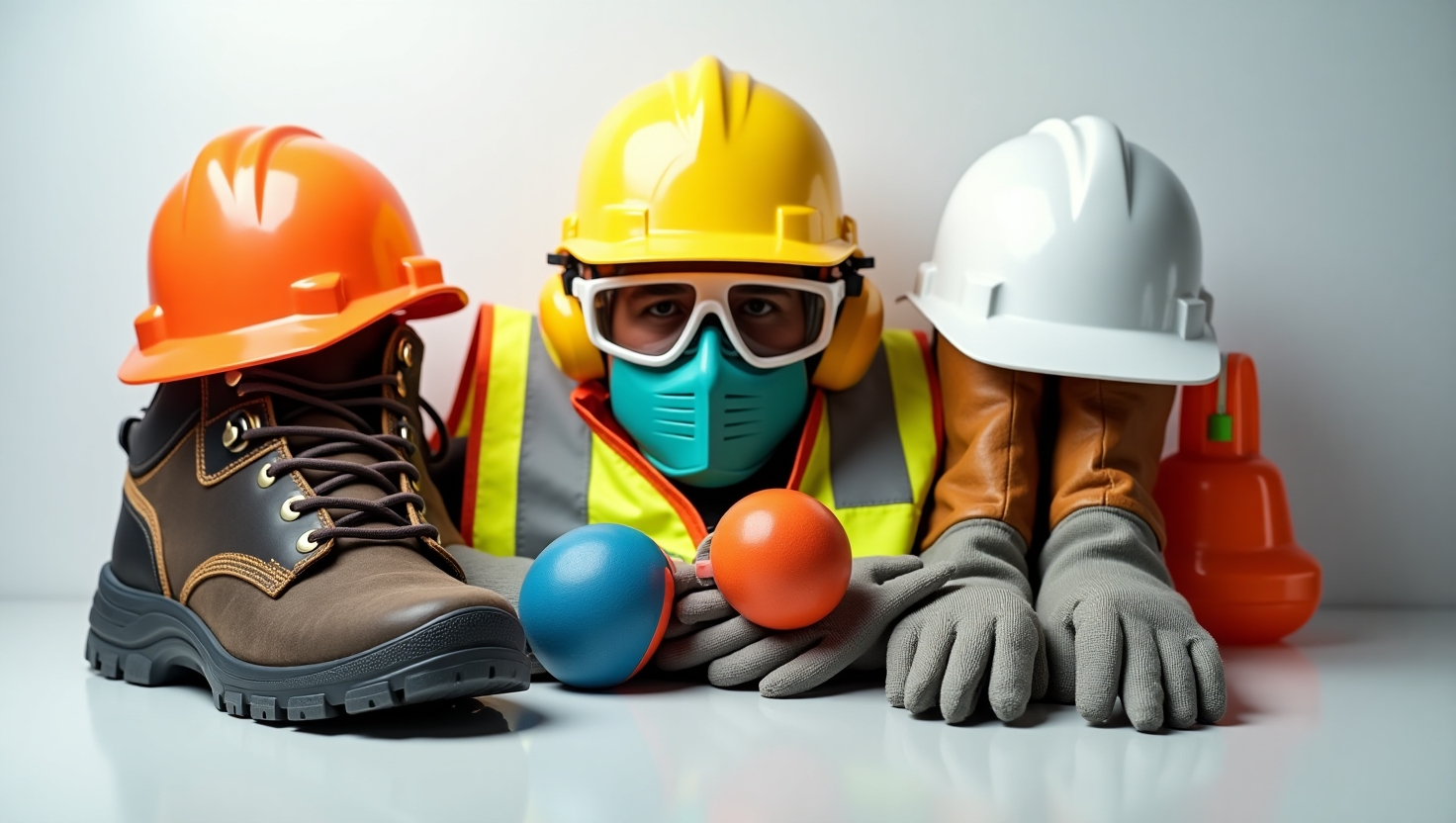
Personal Protective Equipment (PPE) in the Construction Industry
The construction industry is one of the most hazardous work environments, exposing workers to risks such as falling objects, sharp materials, heavy machinery, electrical hazards, and airborne contaminants. Proper use of Personal Protective Equipment (PPE) is crucial to minimize injuries, ensure compliance with safety regulations, and maintain workplace efficiency. This guide outlines the essential PPE … Read more
Learn More -
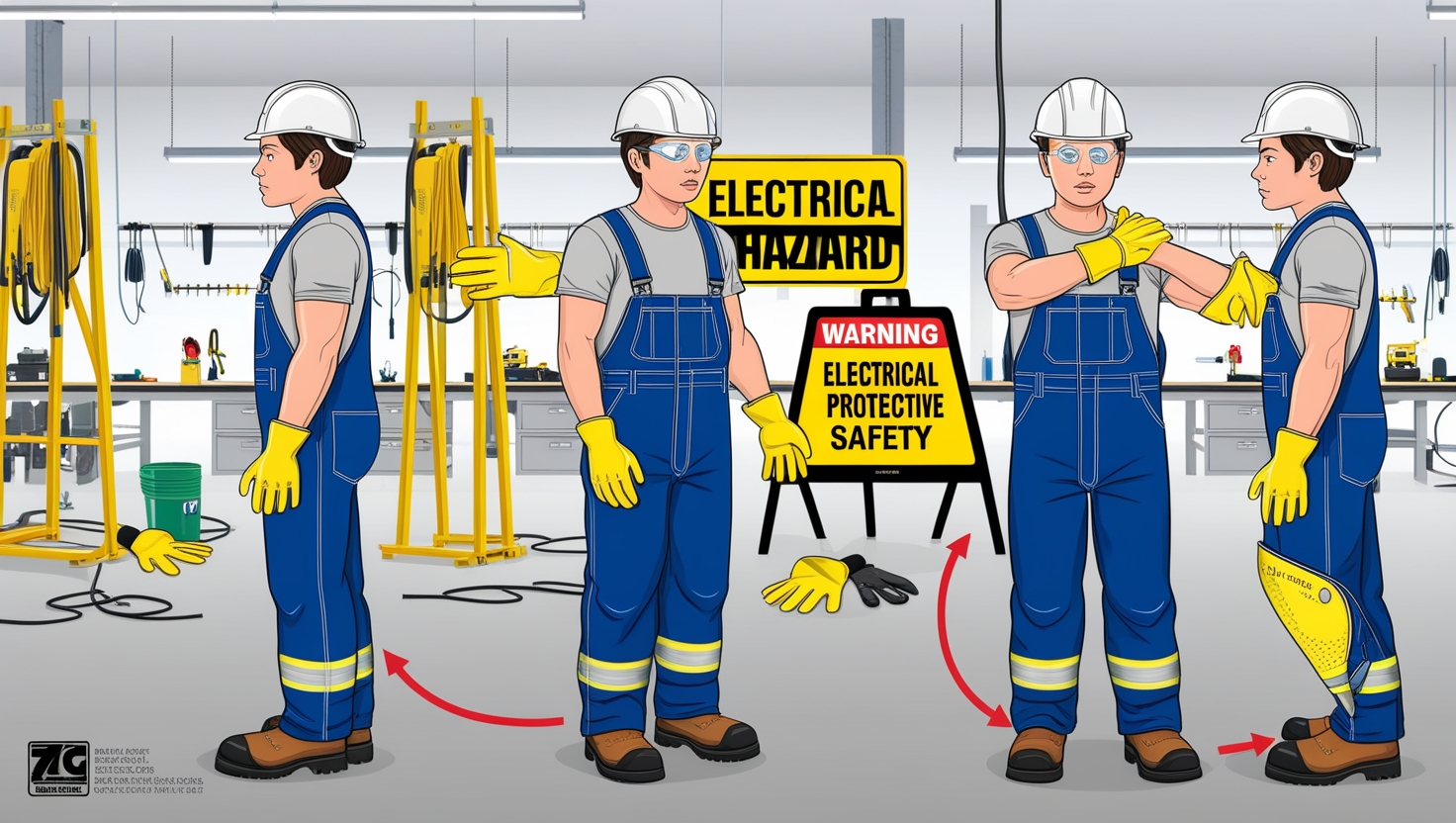
Donning and Removing Personal Protective Equipment (PPE) for Electrical Safety
When working with electrical hazards, wearing the right personal protective equipment (PPE) is just the first step. Properly donning (putting on) and doffing (removing) PPE is equally important to ensure maximum protection and prevent accidental exposure. Incorrect handling can lead to electrical shocks, arc flash burns, or contact with hazardous materials. This guide explains the … Read more
Learn More
You Are Here:
Home >

